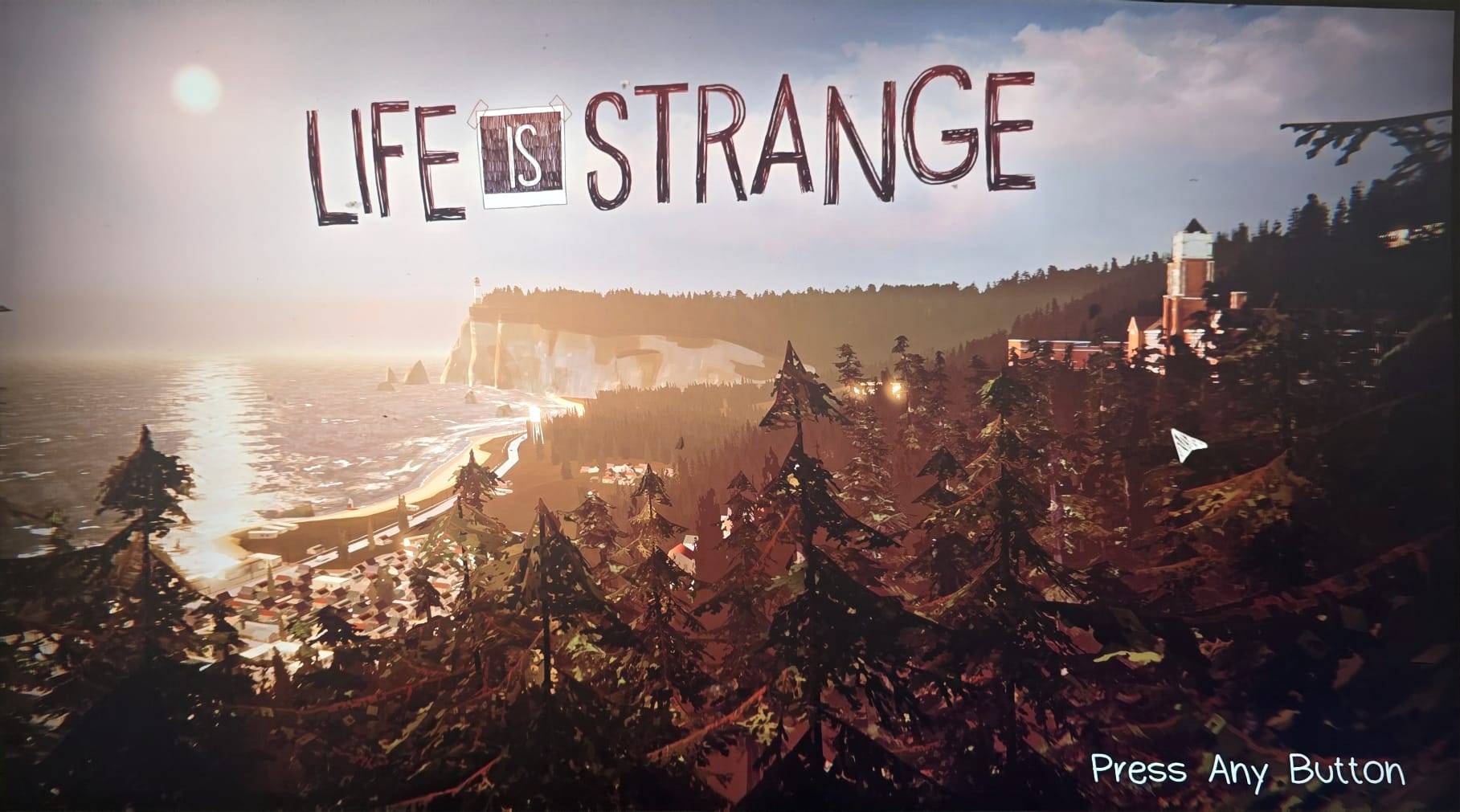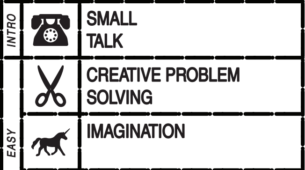Life is Strange is one of the most iconic mystery games of all time. Created by game studio Don’t Nod, it tells the story of Max Caulfield, a high school photography student who discovers the ability to rewind time. Aimed at an audience of young adults and teenagers, it tells an incredibly immersive narrative available on PC (Steam), Xbox, and PS4. It focuses on immersion to the point that it recommended me to connect a controller for a more immersive experience once I launched the steam version. There’s an entire setup page to enable the most comfortable graphical fidelity, allowing the player to be as comfortable as possible in enjoying the story (complete with contrast, display size, edge-finding, graphic quality, controls, & more).

Let’s dive into the actual game. It’s an episodic 3d interactive adventure game, centered around the primary mechanic of rewinding time whenever an event goes south (this differs each Life is Strange Game– this is the original). There are additional mechanics of user interaction with the surrounding objects, dialogue choices, and photography. Each instance of each mechanic provides their own affects, and they work together to build up a dynamic of exploration, experimentation, and consequence management. Due to the large number of diverging choices, the game is designed to make the cause & effect relationship very clear. These dynamics work together towards the aesthetic goals of narrative, mystery, and discovery. These goals come together to result in an incredibly deep narrative that is heavily customized to the player. It’s both personal and impactful, and every choice carries emotional weight. Players are constantly aware of the consequences of their actions, reinforcing a sense of responsibility and tension as they navigate Max’s world.

In terms of Environmental Storytelling, the game is designed to focus on Enacting Stories and Emergent Narratives. We step into the shoes of Max and explore the world and narrative through her eyes, piecing together clues from her surroundings, relationships, and previous iterations of the future. The world is full of objects and details that reward careful observation, allowing players to reconstruct backstories and understand the narrative in a way unique to them. There exist fully optional game elements that each contribute to the embedded narrative, utilizing clues, artifacts, documents, and especially the environment design to deepen the player’s understanding of the narrative.
One such item is Max’s journal, which players can read through at any time. The journal not only records key events, but also reveals Max’s inner thoughts, fears, and hopes, deepening our understanding of her drive and actions. It acts as both a narrative summary and a window into her evolving emotional state.

From the very beginning, flyers of the missing girl, Rachel Amber, are scattered across the campus. This sets up the mystery far before Max personally becomes involved, as a sort of narrative foreshadowing. These flyers establish an underlying tension in the world, hinting at dark events beneath the surface of everyday life.

Once the player leaves the school for the first time, these flyers show up in massive quantities, ensuring that the most important parts of the embedded narrative are visible.

Additional embedded elements include graffiti in the bathroom and an optional photo-op of a carving into a table in the starting classroom, contributing to the player’s understanding of Rachel Amber and the students at Blackwell Academy in an unique per player and optional way.

Together, these environmental details create a layered narrative that encourages players to look closer, question assumptions, and connect seemingly unrelated pieces, but also not dig into the details if they choose not to. The environment doesn’t just contain the story, it’s instead utilized incredibly well to tell the story.
A game that also uses the environment to tell stories, albeit in a different way, is Minecraft. Both Life is Strange and Minecraft use their environment to encourage players to explore, pay attention to details, and discover stories. However, they do this in very different ways. Minecraft focuses on emergent narratives, where players create their own stories by building, exploring, and surviving, with no fixed narrative. Life is Strange, on the other hand, uses an embedded narrative, filling its spaces with objects, clues, and details that are already part of a planned story. While Minecraft lets players make their own meaning, Life is Strange uses its environment to guide players through a story that was already written.

Ultimately, Life is Strange combines embedded narrative, narrative through enacting stories, and carefully designed mechanics, dynamics, and aesthetics to create an incredibly deep narrative experience that feels deeply personal, emotionally impactful, and is uniquely shaped by each player’s choices.The narrative is woven into the mystery not just through dialogue or cutscenes, but directly through its mechanics: interacting with objects, rewinding time, taking photographs, and exploring the environment all act as tools for uncovering pieces of the story. Each background element, whether it’s a journal entry, a flyer, graffiti, or a photo opportunity, is filled with the potential to reveal more about this narrative embedded into the world. Life is Strange masterfully uses its environment to let the user be the storyteller, ensuring the mystery unfolds through the player’s choices and actions.
However, life is strange does follow a mostly linear narrative structure with predetermined outcomes. Many major decisions, while powerful in the moment, end up leading to similar consequences or circling back to the same story beats. This creates a false illusion of choice, where players feel responsible for shaping the story but are still being guided along a set path by the game’s design. In this way, the designers can maintain precise narrative control, but this can also disappoint players who wish for more self-determination. Even with this railroading however, the emotional weight of making decisions stays effective, and the narrative is developed incredibly well.
~
Life is Strange has barriers to accessibility, as it depends heavily on visual details and reading text. The game offers some options, like adjusting contrast and subtitle size, but it lacks features like a screen reader to describe scenes. This makes it harder for players with low vision or blindness to interact with objects or find clues, since many embedded elements are visual and do not have sound cues.
One feature that does work well is the ability to remap controls, which can help players with hearing loss or mobility challenges. The ability to rewind time and pause decisions also gives players more time to think without feeling rushed. Still, without features like audio descriptions or stronger visual aids, the game is not fully accessible to all players.



